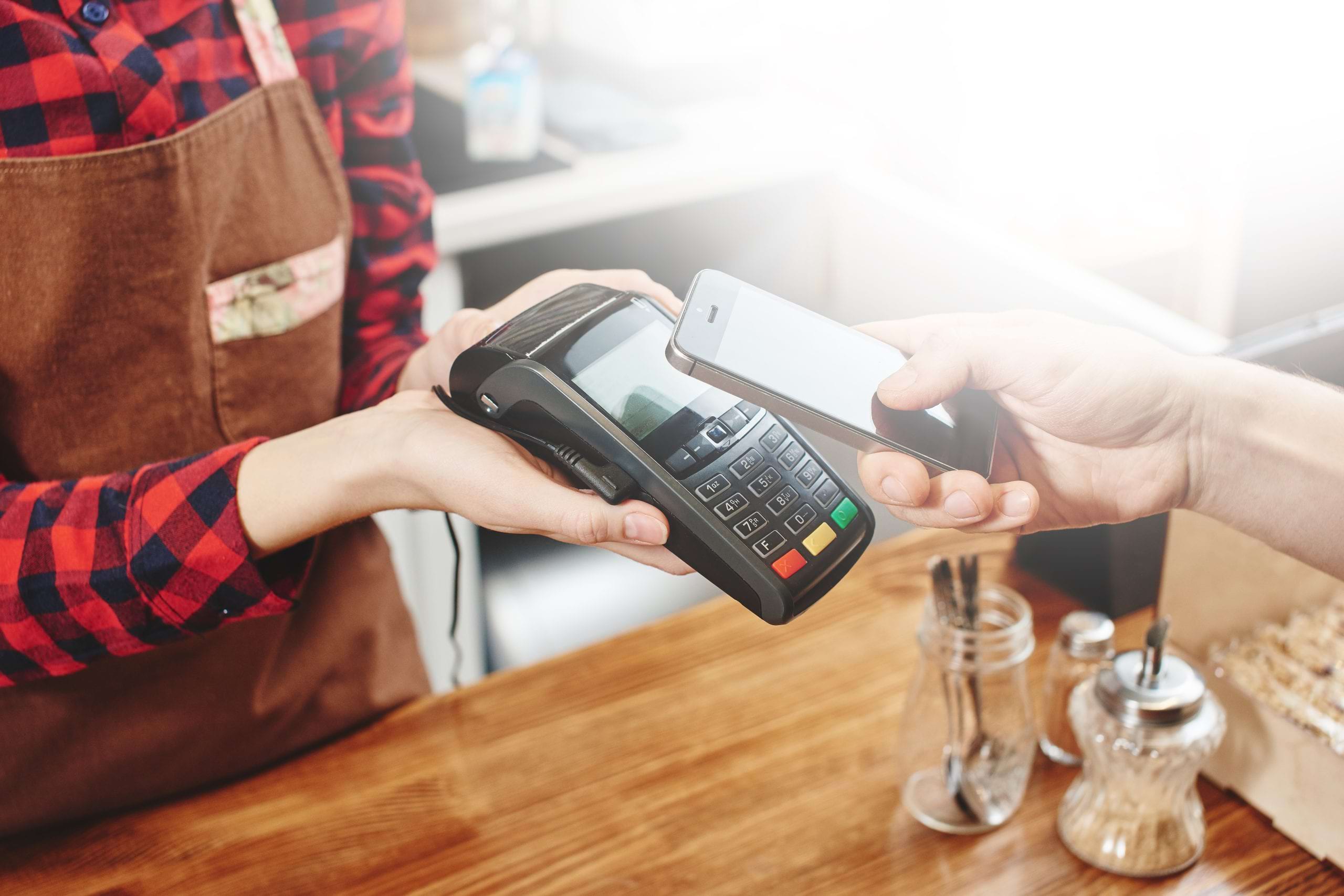
Is it inevitable that campuses will be cashless? Or is it improbable? It depends on a number of things including the organizations’ overall payments strategy, the strength and leadership support of the cashless initiative, the evolving payments landscape and the acceptance by consumers of alternative payment solutions. There are also external factors such as state and local laws that could play a role.
Consider this, most purchases are not made in cash and everyone on campus has access to a campus card, a digital wallet, or a debit or credit card. After sharing that tidbit, I once heard someone seriously declare ’Simple. Just stop taking cash’. As if a snap of the fingers or a wiggle of the nose would make cash disappear from the checkout tills, food courts, breakroom vending machines and the pockets of consumers.
When leadership says they want a cashless campus what places do you think of first? I’ll bet you think about all the places that accept measurable quantities of cash. You think about food courts and trucks, athletic concession stands, parking ramps, retail shops, bursar windows and bookstores. Do you also think about the places that get a lot of dimes and quarters, i.e. laundry facilities, parking meters, locker rentals, and copy machines? What about the places that exchange one type of cash for another like the housing center desks that hand out rolls of quarters in exchange for ten dollar bills or sell stamps for cash. If there are hotel operations then there’s change for vending machines and tips. It’s true that our first inclination is to think about where large volumes of cash is currently accepted. But if that’s all you consider, then as my mother used to say to me, “You’ve got another think coming and that could change everything”.
The approach and strategy deployed to achieve a cashless campus should be carefully thought out.
If the plan is to first tackle areas where large volumes of cash are accepted then your initial strategy is probably “just stop taking it”. That approach is a very difficult one to sell to the employees and leadership anywhere cash is received. That’s because the conversation starts with a negative. Taking something away, specifically cash. How many projects are successful when they start by dictating something perceived by the front line workers as a negative action? Let’s say I visit your successful campus coffee shop and start the conversation by telling you I want you to stop accepting cash in the next 60 days. I imagine this is the responses I’d get: ‘Stop accepting cash? Ha-ha are you being funny? Did you hit your head this morning? Good grief…we can’t stop taking cash. We have ALWAYS accepted cash. We have some people that only ever pay in cash. What are we supposed to tell them? Look…we have bigger, far more important issues. Thanks, but no thanks!’
I suggest there is a better way to achieve the goal. A way that actually encourages buy in and enthusiastic participation. Don’t focus on how to stop something. Focus on how to start something. Negative vs Positive. Reactive vs Proactive. Start by changing little things and ride the ripple. Build from there to encourage changes around you.
As an example, what if your campus laundry facilities no longer accepted cash? Add some technology that lets the washers and dryers accept payments from an app that also tells the users when their laundry is done. Add the ability for students to pay for laundry with their campus card. What kind of ripple might that cause? If the machines accepted campus cards (in-person or digitally) then the cards would be used more often. The more often you do something the more comfortable and second nature it becomes. An increased use of the cards would lead to a greater spend per person and potentially an increased ROI for the campus card program. More value would be loaded on the cards more often. Now enhance this plan by strategically placing cash-to-card machines around campus that allow cash to be loaded on campus cards and in the absence of a campus card will also immediate issue a card that could be used anywhere. These machines would provide visibility, ease of access, and marketing opportunities for the campus card and, in theory, the organizations’ cashless campus initiative.
The dorm center desks would no longer need to sell rolls of quarters. Even summer camp visitors could be issued campus ID cards that could hold a cash value. Every place the card is accepted is one less place the consumer might pay with cash. If a consumer chooses not to pay with cash it’s a choice. If a business decides not to accept cash it’s a controversy.
Let’s go back to the coffee shop example. This time I show up with representatives from the campus card office and over the next 30 minutes we install a cash-to-card machine in the hallway between the coffee shop and the bookstore. I pull ten dollars of cash from my pocket, slip it in the machine and load it on my employee id (campus card) in mere seconds. I turn around and walk into the coffee shop where I purchase a coffee and bear claw with my card. As the manager you saw all of this happen. Now I ask if you would help us encourage the use of the campus card by offering an incentive to your patrons. For every 10 cups of coffee purchased via the campus card the 11th is free. The coffee shop has a chance to increase sales, improve customer loyalty and provide an enhanced customer experience (on average, check out is 30 seconds quicker with cards than cash).
I did not tell you to stop taking cash. But I encouraged it. I also provided you alternatives in how to take the payment and in how you view the customer experience. By offering the promotion the business does not tell patrons they can’t take cash. They are telling them how to get rewarded for using something they already have, their campus card. The coffee shop is now promoting the use of the card. Promoting is always easier than removing. The first in a series of small waves of change has occurred. With this ripple effect the building of a new habit has begun.
So back to my initial question, is a cashless campus inevitable or improbable? If you are ready to find the answer for your organization then CampusGuard can help. Our experience and knowledge in payments and university life can help you view your cashless opportunities and initiatives from a different perspective. Contact us to get started.

